43 how to read fats on food labels
Easy Guide to Understanding Food Labels When You Have High ... - MyDoc Ideally, best to get 0 grams of this per day. Keep in mind that manufacturers can list their products as 0 grams if it has less than 0.5 grams of trans fat per serving. This means that your food may contain trans-fat even if the food label says 0 gram. Therefore it's important to check the ingredient list (more on this later). How to Read Nutrition Labels: Fat Content, Carbs & What To Look For Nutrition labels are required to include total fat, saturated fat, and trans fat. The total amount of fat in the diet is a percentage of your calorie needs. The recommendation for the typical American diet is around 30%. For someone taking in 2,000 calories, this would mean around 70 grams of total fat per day.
Understanding Food Nutrition Labels | American Heart Association 1 - Start with the serving information at the top. This will tell you the size of a single serving and the total number of servings per container (package). 2 - Next, check total calories per serving and container. Pay attention to the calories per serving and how many calories you're really consuming if you eat the whole package.

How to read fats on food labels
How To Read Nutrition Labels - Mayo Clinic Diet 3. Check the % Daily Value. The % Daily Value (DV) tells you how much a nutrient in a serving of food contributes to a daily diet. 2,000 calories a day is used for general nutrition advice. Low is 5% or less. Aim for low in saturated fat, trans fat, cholesterol, sodium, and added sugars. High is 20% or more. Aim high in vitamins, minerals and ... 3 Ways to Read Nutrition Facts on Food Labels - wikiHow Life 9. Know that 5% of a daily value per serving is low and 20% is high. When it comes to nutrients, 5% or less is considered low and 20% or higher is considered high. This means that an item that lists its fat content at 4% can be considered to be low fat. safefood | How to read food labels How do I know if a food is low, medium or high in fat, saturated fat, sugar and salt? Some labels use colour coding to show at a glance if a food is high, medium or low in fat, saturated fat, sugar and salt. Low (green) - the best choice Medium (amber) - okay most of the time High (red) - only choose occasionally. If the label isn't colour ...
How to read fats on food labels. Interpreting Total Fat and Types of Fat on Food Labels - Nina Cherie ... Determining the type of fat can help you decide whether or not a food is rich in 'healthy' and/or 'unhealthy' fats. Trans fats and, in some cases saturated fats, are considered "unhealthy" or "bad" while monounsaturated and polyunsaturated (omega-3) fats are generally healthier alternatives or "good" fats. Understanding Ingredients on Food Labels | American Heart … Mar 06, 2017 · There are many terms used for sugar on food labels. You might see sugar listed as the fourth ingredient in a product and think it’s not so bad. But sugar can also be listed as high-fructose corn syrup or corn syrup, agave nectar, barley malt syrup or dehydrated cane juice, to name just a few. Read more about sugar and sweeteners. Food labels - NHS Front-of-pack labels usually give a quick guide to: energy fat content saturated fat content sugars content salt content These labels provide information on the number of grams of fat, saturated fat, sugars and salt, and the amount of energy (in kJ and kcal) in a serving or portion of the food. Food Labels | Nutrition.gov Food and Drug Administration (FDA) regulates the safety of food for humans and animals, including foods produced from genetically engineered (GE) plants, sometimes referred to as "genetically modified organisms" (GMOs). Find out more about the safety of GE plants, and how they are regulated here.
How to Read Everything on the Nutrition Facts Label - Food Network If you want to figure out the grams of fat that it will take you to get about 30% of fat in your diet each day do the following: Estimate your total calories for the day. Let's say that number is... How to Understand and Use the Nutrition Facts Label | FDA Nutrients to get less of: Saturated Fat, Sodium, and Added Sugars. Saturated fat, sodium, and added sugars are nutrients listed on the label that may be associated with adverse health effects - and... How to read food labels - Geisinger Health System Fat. From there, check out the fat information on a food label. In general, the less fat the better. "You'll want to focus on your saturated fat and unsaturated fat consumption," says Cartwright. Saturated fat can increase your LDL cholesterol (which is known as the "bad cholesterol") and is often found in meat and dairy products. How to Read Food Labels : Food Network | Food Network The percent of the Daily Value that is listed on the upper portion of the food label is yet another way to gauge how much saturated fat and cholesterol are in the foods that you buy and eat. If a ...
Food Labels: Fat & Cholesterol | Home & Garden Information Center The Nutrition Facts label shows you how much fat is in a product, even if the fat is hidden as an ingredient. The serving size and the nutrients listed on this label are consistent, which makes it easy to compare similar products without any calculations. % Daily Values (% DVs) are listed in a column on the "Nutrition Facts" label. How to Read a Dog Food Label – American Kennel Club Nov 30, 2020 · All pet food labels follow roughly the same format: Product and brand name or unique identifier. Quantity in terms of product weight, liquid measure, or count, depending on the formulation of the ... How to read food labels: MedlinePlus Medical Encyclopedia If a food has these fats, the amount will be listed on the label under total fat. They are measured in grams. Look for foods that have no trans fats or are low in them (1 gram or less). Sodium is the main ingredient of salt. This number is important for people who are trying to get less salt in their diet. The Importance of Food Labels | Requirements for Packaging Sep 07, 2018 · Your pre-packaged food must include the following on its labels: The name of the food. This must be a true representation of your product and must not be false or misleading. A list of ingredients. You must use ‘Ingredients’ as the heading and list the ingredients used to make the product in descending order of weight.
How to Read Nutrition Facts Labels the Right Way - GoodRx Nutrition Facts labels are required to list the total fat, saturated fat, and trans fats on packaged food products. It's important to choose foods with the right kinds of fats. Here are the differences between the fats you'll see on the label. Bad fats Saturated and trans fats are the less healthy types of fats.
How to Read Food Labels for Fats and Oils A Note on Ingredient Lists Fats and oils can come from many sources, like animal fats, fish, seeds, plants, and nuts. Reading the ingredient lists on products will reveal the source of the fat. For oils and fats ingredient lists, fats and oils are referred to by their common names (e.g., "beef fat," "cottonseed oil").
How to Read Food Labels Without Being Tricked - Healthline Still, processed foods that are labeled low-carb are usually still processed junk foods, similar to processed low-fat foods. Made with whole grains. The product may contain very little whole ...
How to read food labels | healthdirect Sugar: Sugar is a type of carbohydrate. It is better to choose healthier carbohydrates and to limit foods that are high in added sugars. Fibre: High fibre foods such as wholegrain bread and cereals improve digestion and help you to feel full. Sodium: This tells you how much salt the product contains. Eating too much salt is linked to high blood pressure and can lead to heart disease, …
PDF A Guide to Reading Food Labels - University of Rochester of calories from fat. You should limit the number of calories from fat to 20-35% of your total daily calories. In the sample label, there are 250 calories in one serving and 110 calories from fat. This means almost 50% of the calories in a single serving of this food come from fat. Due to its high fat content, this food is not a healthy choice.
Fats, sugar, carbs: How to read a food label (and seven ... - Good Food The "total carbohydrate content" of the food will actually include the sugars within this number and give you an idea of the amount of fuel a food contains. For example, if you consider that a slice of bread or a piece of fruit contains 15-20 grams of carbs per serve, then a food that contains 60-80 grams of carbs per serve is an energy-dense ...
Understanding Food Labels | The Nutrition Source | Harvard T.H. Chile implemented the Law of Food Labeling and Advertising in 2016, comprised of mandatory front-of-package (FOP) warning labels, restrictions on child-directed marketing, and the banning of sales in schools of all foods and beverages containing added sugars, sodium, or saturated fats that exceeded set nutrient or calorie thresholds. [1] The FOP labels displayed a black stop sign …
Reading and Understanding Food Labels and Nutrition Info - Beaumont Health A one-percent reduction of saturated fat in your diet reduces your heart disease risk by three percent. Keep saturated fat to less then 15 grams per day. It is not required to list unsaturated fats (polyunsaturated and monounsaturated) on food labels. In general, unsaturated fats lower cholesterol. The healthiest unsaturated fat is canola oil.
Quick Tips for Reading the Nutrition Facts Label - Food and Drug ... To create your Tip Card: 1. Use a pair of scissors to cut along the dotted lines. 2. Fold along the center line. 3. Keep the Tip Card in your wallet or purse. Calories230 Amount per serving Serving...
Food Label Detective: How to Spot the Good Fats On the Food Label Both saturated fat and trans fat amounts are clearly listed underneath "Total Fat," although some foods labeled trans fat-free may still contain small amounts (up to 0.5 grams) of trans fat. That's why it's important to also check a food's ingredient list.
Food energy - Wikipedia Many governments require food manufacturers to label the energy content of their products, to help consumers control their energy intake. To facilitate evaluation by consumers, food energy values (and other nutritional properties) in package labels or tables are often quoted for convenient amounts of the food, rather than per gram or kilogram; such as in "calories per serving" or "kcal per 100 ...
Food Labeling For Fats | How To Read Food Labels - YouTube Some fats are good for you, but some are not. The label will tell you how much fat is in the product and what kind of fat it is. You want to choose products that have mostly unsaturated fats, like...
Learning To Read Labels :: Diabetes Education Online On a nutrition food label, subtract the fiber from the total carbohydrate amount. When you read food labels, the grams of sugar are already included in the total carbohydrate amount, so you do not need to count this sugar amount separately. The grams of sugar listed include both natural sugars, from fruit or milk, and added sugars.
How to Read Food Labels: Your Complete Consumer Guide Food manufacturers can pick and choose here, displaying words or images that may highlight the appealing qualities of a food (such as "made with whole grains") while leaving out less favorable information (like also including refined grains, or being high in sodium, sugar, or saturated fat).
Keto Diet Food List: What to Eat and Avoid on Keto 08.07.2019 · If you do opt for packaged foods, read the labels. And if you don’t recognize more than 2-3 ingredients, put it back on the shelf. Check both the nutrition label and ingredients to make sure there aren’t any sneaky carbs, sugars, or fake ingredients that may mess up your hard work and compromise your health. Fats. When it comes to the keto food list, healthy fats form …
Fats | Nutrition.gov Learn what dietary fats do for the body and how much fat is recommended per day. Look up how much fat is in popular foods, like avocados and eggs. Skip to main content An official website of the United States government. Here's how you know. Official websites use .gov A .gov website belongs to an official government organization in the United States. Secure .gov websites use …
This Is How to Read a Nutrition Facts Label on the Keto Diet Since the 1990s, some changes have been made, including which nutrients manufacturers must clearly list on labels. [ *] Nutrients like vitamin A and vitamin C are no longer required, while vitamin D, potassium, "added sugars," and trans fats must appear on labels [ * ].
Fat Content on Food Labels - Reading Between the Lines The Mayo Foundation continued, "Still, you may be able to tell if a product contains trans fat, even if it's not directly listed on the food label. Look for the words ' hydrogenated ' or 'partially hydrogenated' in the list of ingredients. These terms indicate that the product contains trans fat.
How To Read Food and Beverage Labels - National Institute on Aging How to read the Nutrition Facts label The U.S. Food and Drug Administration (FDA) requires a Nutrition Facts label on most packaged foods and beverages. At the top of the Nutrition Facts label, you will find the total number of servings in the container and the food or beverage's serving size.
safefood | How to read food labels How do I know if a food is low, medium or high in fat, saturated fat, sugar and salt? Some labels use colour coding to show at a glance if a food is high, medium or low in fat, saturated fat, sugar and salt. Low (green) - the best choice Medium (amber) - okay most of the time High (red) - only choose occasionally. If the label isn't colour ...
3 Ways to Read Nutrition Facts on Food Labels - wikiHow Life 9. Know that 5% of a daily value per serving is low and 20% is high. When it comes to nutrients, 5% or less is considered low and 20% or higher is considered high. This means that an item that lists its fat content at 4% can be considered to be low fat.
How To Read Nutrition Labels - Mayo Clinic Diet 3. Check the % Daily Value. The % Daily Value (DV) tells you how much a nutrient in a serving of food contributes to a daily diet. 2,000 calories a day is used for general nutrition advice. Low is 5% or less. Aim for low in saturated fat, trans fat, cholesterol, sodium, and added sugars. High is 20% or more. Aim high in vitamins, minerals and ...
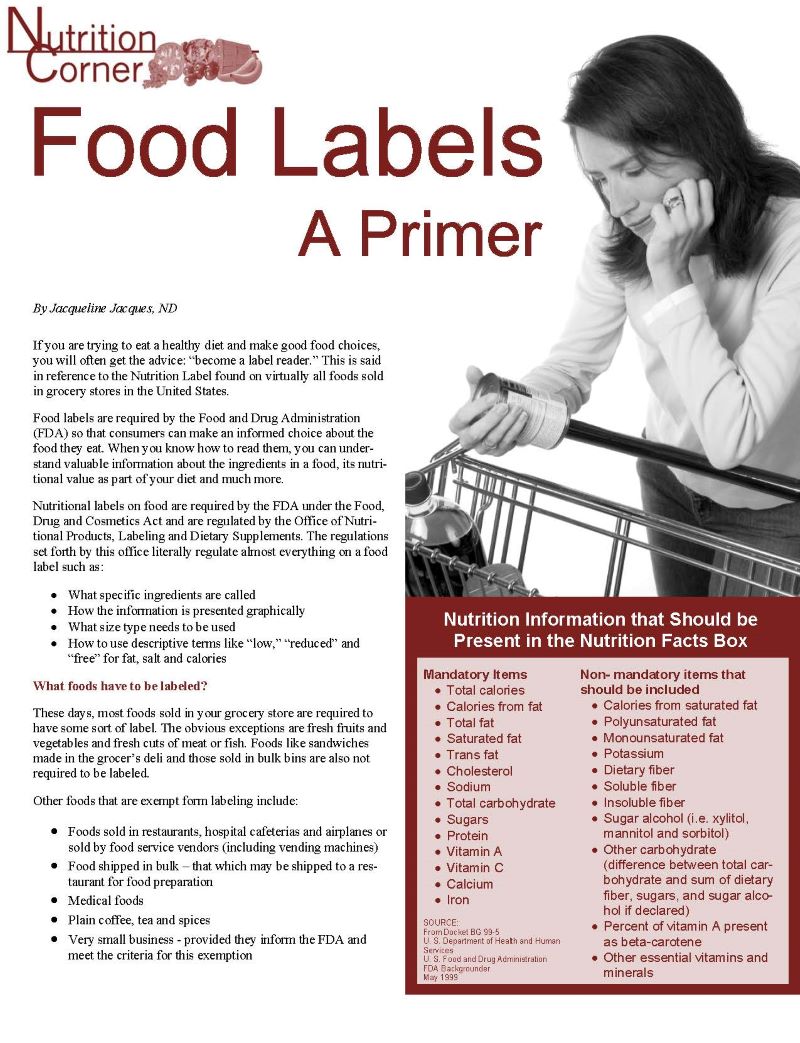
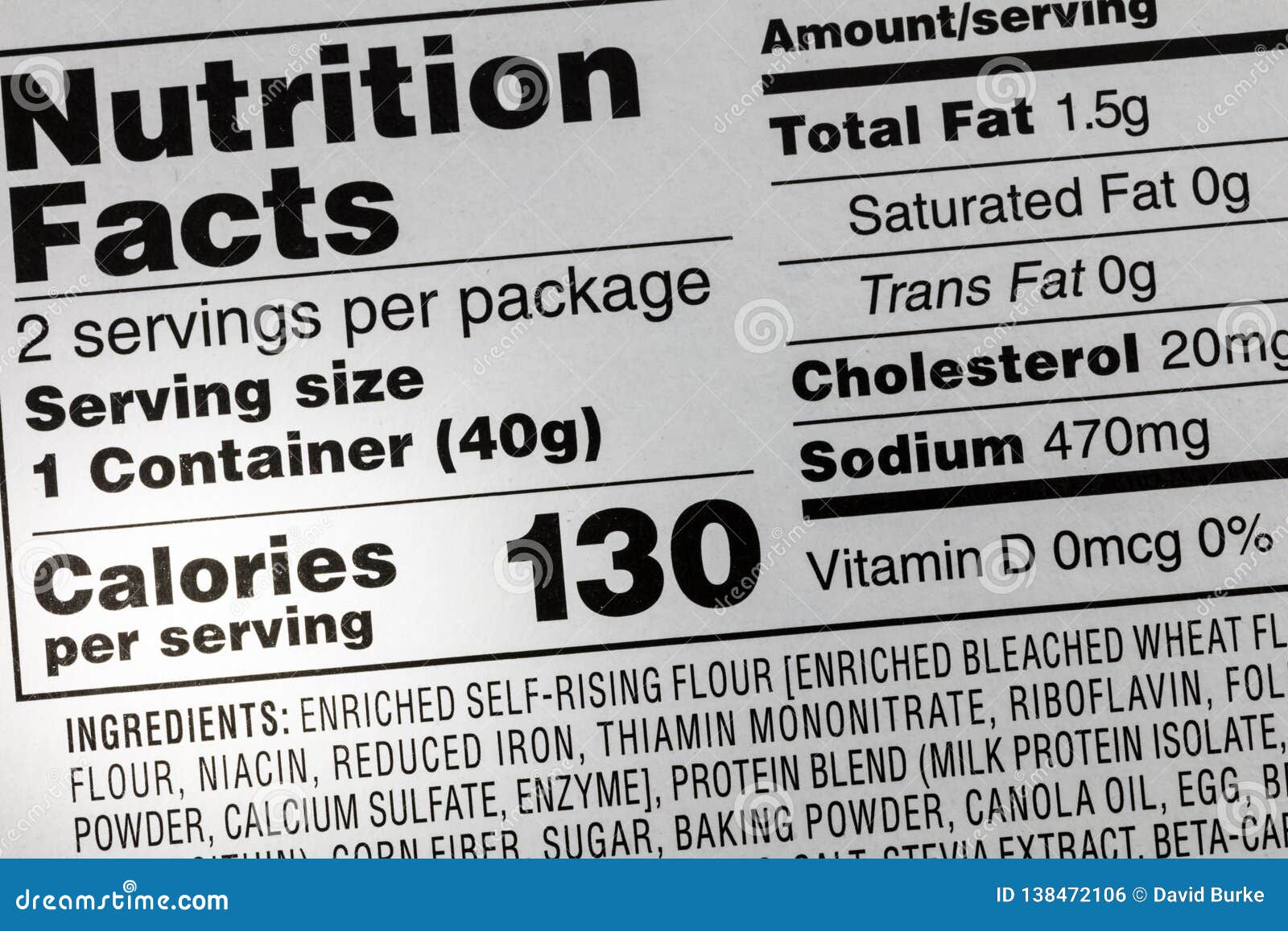






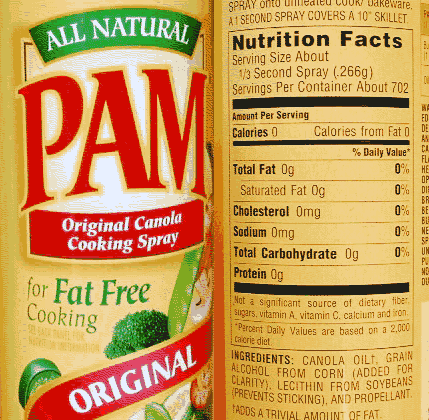






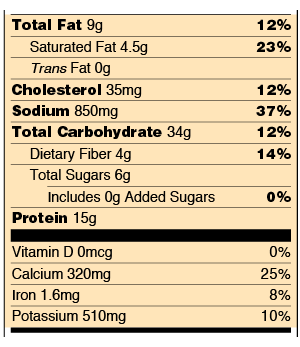
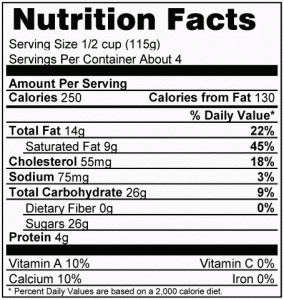


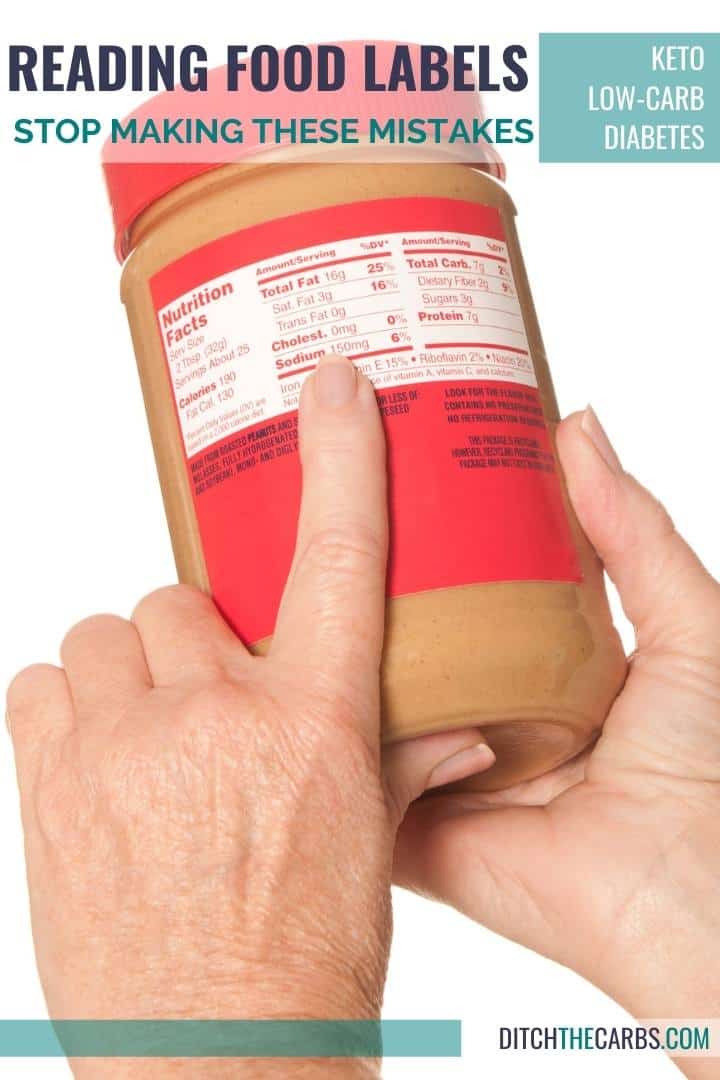

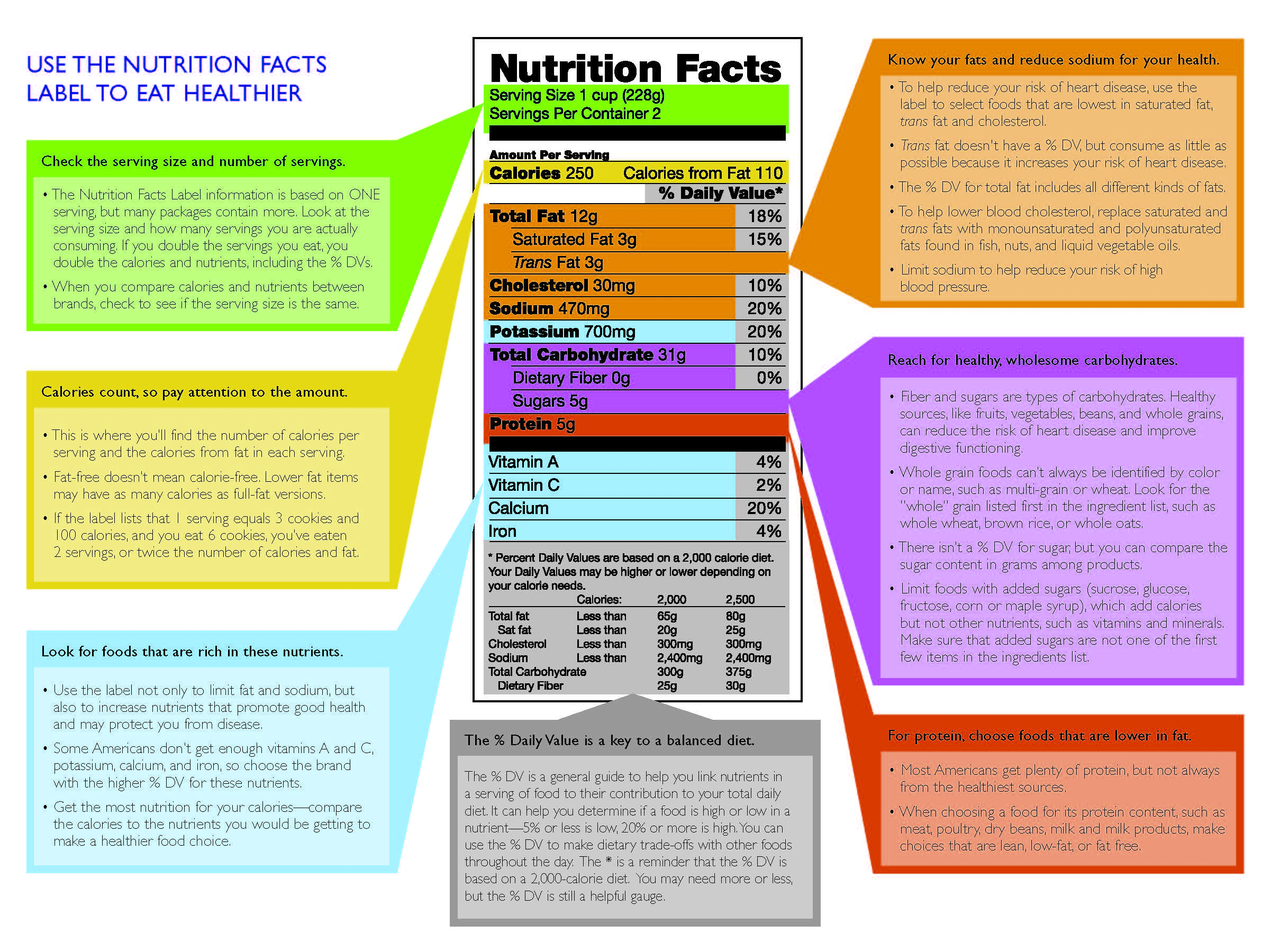
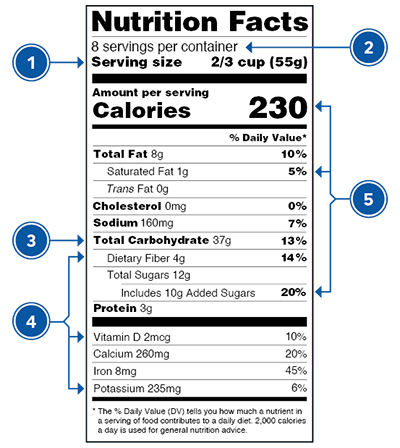




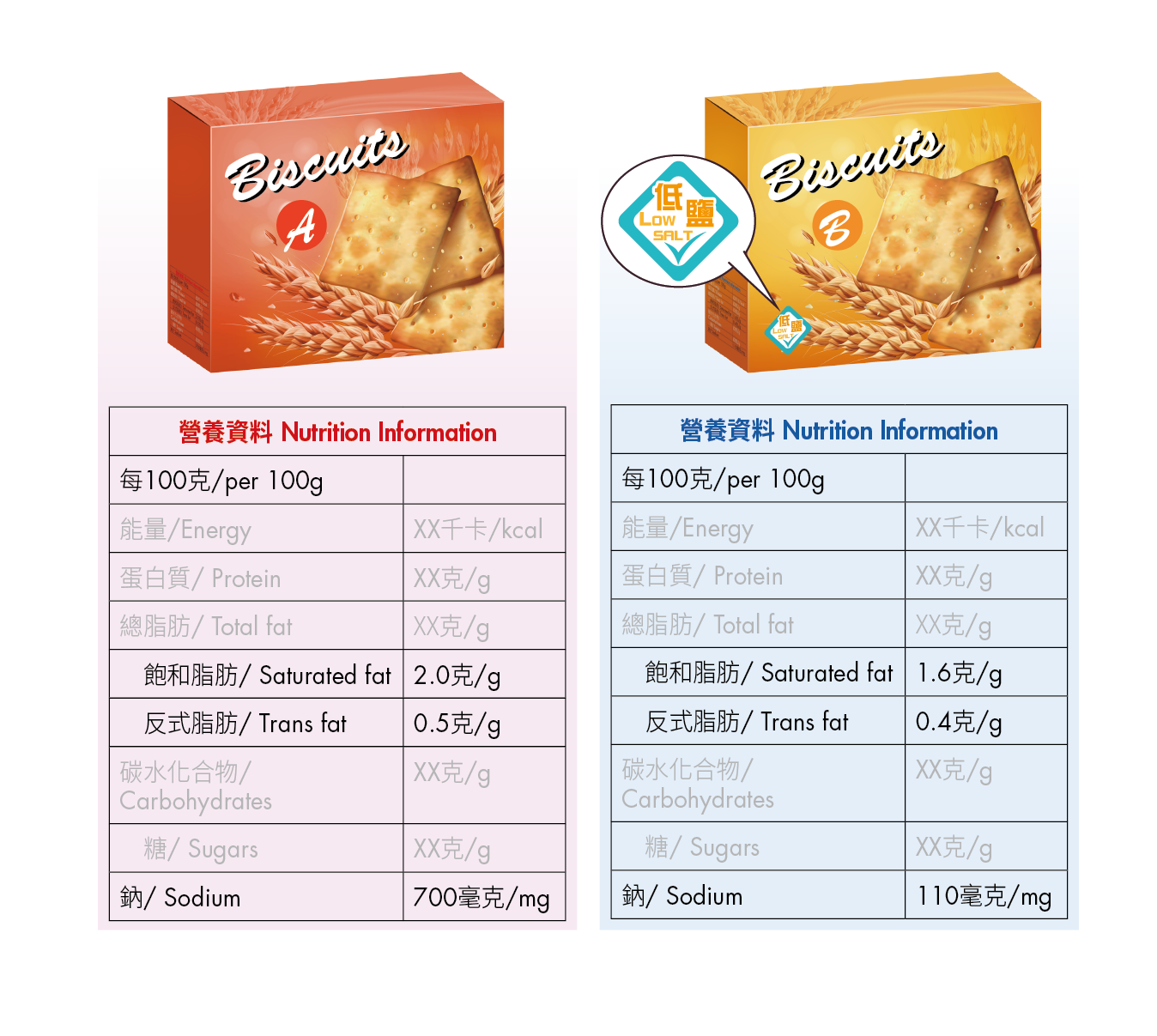





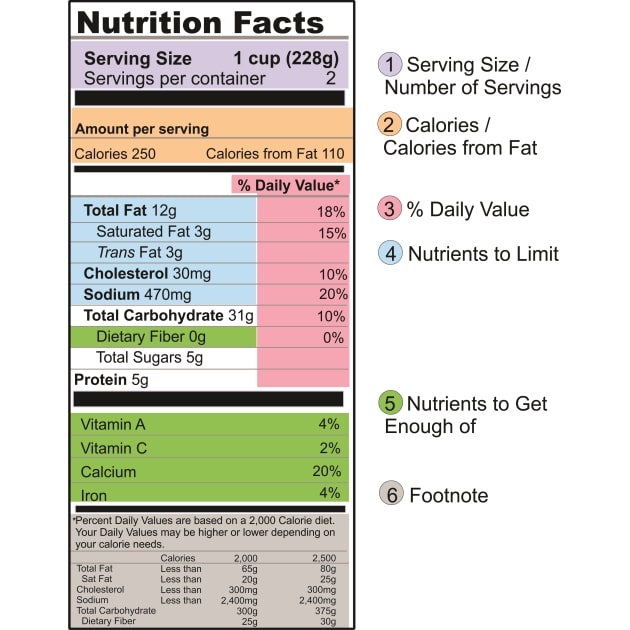



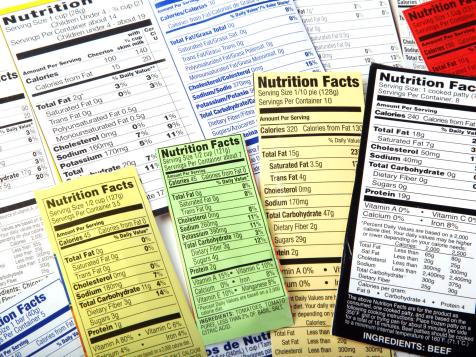
Post a Comment for "43 how to read fats on food labels"